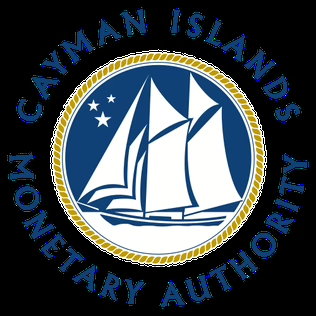The Cayman Islands Monetary Authority (CIMA) is the principal financial regulatory authority in the Cayman Islands. Founded in 1997, CIMA oversees the stability, integrity, and growth of the financial services sector in the jurisdiction. CIMA is a critical institution that oversees not only monetary policy and currency issuance but also keeps watch on the regulation and supervision of the financial services industry.
A Brief History and Establishment
Prior to the establishment of CIMA, the Cayman Islands Currency Board was established under the Currency Law of 1971 and commenced operations in May 1972, taking responsibility for the issuance of the Cayman Islands dollar (KYD) and replacing the Jamaican dollar. The Currency Board was reorganized in 1996 to create the current Cayman Islands Monetary Authority, which reflected the increasing sophistication and needs of the financial sector of the Cayman Islands.
Main Roles of CIMA
CIMA has 4 general roles:
- Currency Management: CIMA is responsible for the currency of the Cayman Islands, primarily note and coin issuance and redemption. However, they are also responsible for the value and stability of the currency.
- Regulator and Supervisor: CIMA provides regulation and supervision over a number of sectors of financial services, including banking and insurance, mutual funds, payment processing service providers, credit unions, and others. The purpose of this regulation and supervision is to provide confidence in the market and protect consumers and investors.
- International Cooperation: CIMA assists overseas regulatory bodies to encourage global financial standards and improve the enforcement of law against financial crime, mainly for money laundering and other terrorist financing.
- Advice: CIMA is responsible for advising the government of the Cayman Islands (the Government) with respect to regulatory issues and, therefore, encouraging the development and drafting of financial legislation and policies to support international standards.
Regulatory Framework
The CIMA regulatory framework encapsulates various core financial sectors:
* Banks & Lenders: CIMA issues licenses and directly supervises domestic and international banks that operate in or from the Cayman Islands. CIMA is the regulator that establishes compliance with capital adequacy, anti-money laundering, and risk management standards.
* Offshore Banks: The Cayman Islands is a leading offshore financial center in the world, and CIMA is the regulator that supervises offshore banking institutions to ensure that they operate efficiently and transparently in compliance with international regulatory standards.
* Investment Funds and Segregated Portfolio Companies (SPCs): CIMA regulates mutual funds, hedge funds, and SPCs that operate in the Cayman Islands. CIMA regulates mutual funds, hedge funds, and SPCs in the Cayman Islands and requires that they comply with registration and disclosure requirements in accordance with the law to protect investors and enhance the reputation of the financial sector.
* Payment Processing Services: The Authority also supervises electronic payment processing and digital wallet services to ensure that the operations and systems are secure and comply with anti-fraud requirements.
* Credit Unions: In addition to monitoring community providers of finance, CIMA supervises credit unions to ensure that they have sufficient levels of management and capitalization.
The Cayman Islands Monetary Authority is one of the vital parts of the financial services industry in the Cayman Islands. CIMA is focused on enhancing the Cayman Islands’ reputation as a strong and transparent offshore financial market by achieving stability, supervision, and appropriate cooperation internationally. Ultimately, CIMA as a regulator is key to demonstrating a sense of trust for investors, facilitating new financial innovations, and safeguarding the integrity of the local and international financial markets.
